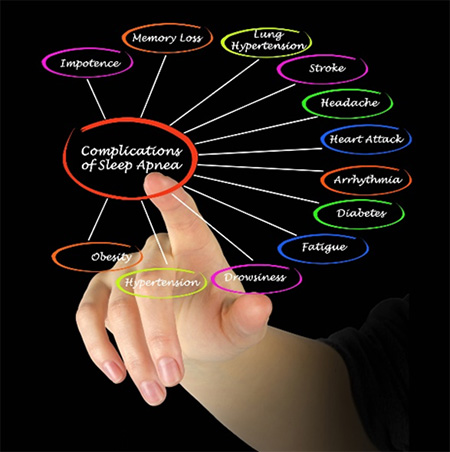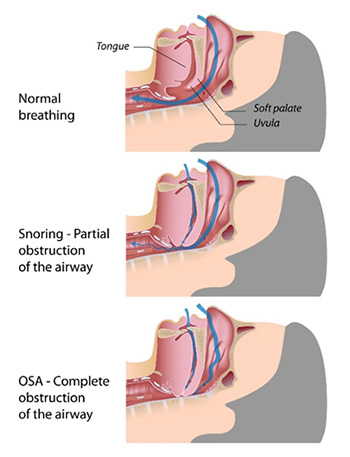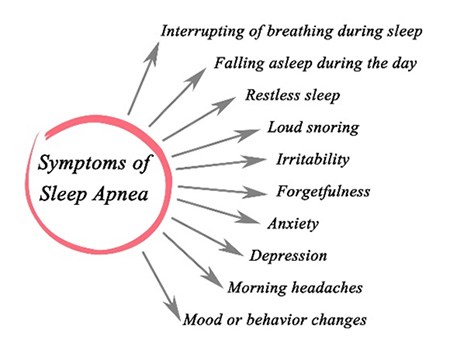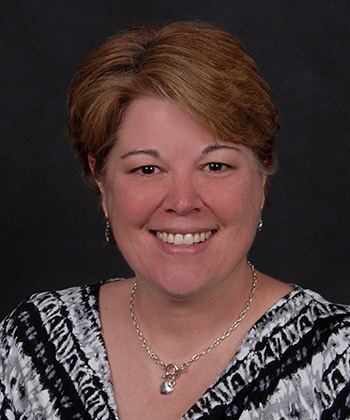Are you or a loved one not sleeping well? Sleep Better Ohio is the first company in the area dedicated entirely to treating sleep apnea and we can help. We offer a variety of custom oral appliances to relieve the symptoms of sleep apnea. If your doctor has diagnosed sleep apnea, call us to schedule a free consultation.
Sleep Better Ohio services Chillicothe and surrounding areas in southern Ohio and caters to patients whose snoring and sleep disorders have been diagnosed as sleep apnea. The majority of our patients are referred by their physicians, so talk to your doctor today about treatment options. We offer alternatives to CPAP therapy and we can help with sleep disturbances in children.
Snoring & Sleep Apnea

Obstructive sleep apnea is a common and serious sleep disorder that causes you to stop breathing during sleep. It is estimated that 40 million Americans suffer from sleep disordered breathing that 22 million of these have obstructive sleep apnea (OSA). Only 2-3 people out of every 100 with OSA have been treated and 80-90% with the condition go undiagnosed.

For those with OSA, the airway repeatedly becomes blocked, limiting the amount of air that reaches your lungs. You may snore loudly or making choking sounds as you struggle to breathe. Your brain and body become oxygen deprived and you may or may not awaken. This may happen a few times a night, or in more severe cases, several hundred times a night.

In many cases, an apnea, or cessation of breathing, is caused by the tissue in the back of the throat collapsing. When you fall asleep, the muscles of the upper airway relax and your tongue may also fall back into your airway. This narrows the airway and reduces the amount of air reaching your lungs. The partially-narrowed airway causes snoring by making the tissue in the throat vibrate as you breathe.
Sleep apnea can cause you to wake up in the morning feeling tired and drained even though you have had a full night of sleep. This may lead to fatigue, daytime sleepiness, memory loss and difficulty concentrating. Children can also have OSA.

Sleep-disordered Breathing (SDB) in Children
Pediatric sleep-disordered breathing (SDB) is a general term for breathing difficulties during sleep. SDB can range from frequent loud snoring to obstructive sleep apnea (OSA), a condition where part, or all, of the airway is blocked repeatedly during sleep.
When a child’s breathing is disrupted during sleep, the body thinks the child is choking. The heart rate increases, blood pressure rises, the brain is aroused, and sleep is disrupted. Oxygen levels in the blood can also drop.
According to the American Academy of Otolaryngology – Head and Neck Surgery, approximately 10 percent of children snore regularly, and about two to four percent of children experience OSA. Recent studies indicate that mild SDB or snoring may cause many of the same problems as OSA in children.

What Are the Symptoms of Sleep-disordered Breathing in children?
- Snoring—The most obvious symptom is loud snoring that is present most nights.
- Irritability—Irritable behavior, daytime sleepiness, difficulty concentrating in school, busy or hyperactive behavior.
- Slow growth—Children with sleep-disordered breathing may not produce enough growth hormone, resulting in abnormally slow growth and development.
- Bedwetting—Sleep-disordered breathing can cause increased urine production at night, which may lead to bedwetting (also called enuresis).
- Learning difficulties—Children with SDB may become moody and disruptive, or not pay attention, both at home and at school. SDB can also be a contributing factor to attention deficit disorders in some children.
- Cardiovascular difficulties—Obstructive Sleep Apnea can be associated with an increased risk of high blood pressure, or other heart and lung problems.
- Obesity—Sleep-disordered breathing may cause the body to have increased resistance to insulin, and daytime fatigue can lead to decreased physical activity, potentially causing obesity.
- Excessive daytime Sleepiness - It's not uncommon for children to feel overly tired on occasion; however, if daytime sleepiness is fairly regular, it could very well be linked to a sleep disorder even if it appears that they are getting enough sleep at night.
- Restless sleep – children who twitch, toss and turn and/or thrash around while sleeping may be exhibiting Periodic Limb Movement, a sleep-related movement disorder
- Grinding teeth – Called “bruxism” is also a sleep-related movement disorder. Bruxism may be loud enough for other family members to hear and the teeth can show obvious wear or may even chip and fracture
- Nighttime awakening – Inability of children to stay asleep during the night. Sleep-disordered breathing can arouse children from sleep. Many children tend to migrate to their parent’s room wanting to climb into bed with them.
- Difficulty awakening in the morning – After a poor night of sleep, children can be difficult to awaken. This is typically, but not always, the case.
What Causes Sleep-disordered Breathing in Children?
A common physical cause of airway narrowing contributing to sleep-disordered breathing is enlarged tonsils and adenoids. Overweight children are at increased risk for SDB because fat deposits around the neck and throat can also narrow the airway. Children with abnormalities involving the lower jaw or tongue, bite problems, or neuromuscular issues are at risk of developing SDB.
Nancy J. Myers, D.M.D.

Dr. Nancy Myers earned her dental degree at Temple University School of Dentistry. She completed her undergraduate degree, earning a Bachelor of Science degree in biology, at the Indiana University of Pennsylvania. She is a member of the American Academy of Dental Sleep Medicine (AADSM), the American Academy of Sleep Medicine (AASM), the American Sleep and Breathing Academy and the International Academy of Sleep.
Having trained extensively in the field of dental sleep medicine, Dr. Myers has spent more than a decade helping patients who have sleep disordered breathing to improve their sleep. After years of struggling with and resolving her own sleep disorders she has become passionate about doing the same for her patients. She uses state-of-the-art technology and techniques to give her patients a better night’s rest.
Dr. Myers moved to Chillicothe in 2002 after serving as a dentist in the U.S. Airforce. She completed the Air Force’s Advanced Education in General Dentistry residency in 1999 at Bolling Air Force Base in Washington, D.C. She also served in the enlisted ranks of the U.S Army in her younger days. In her spare time, she enjoys playing jazz bass, cycling, reading a good book and photography.







